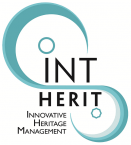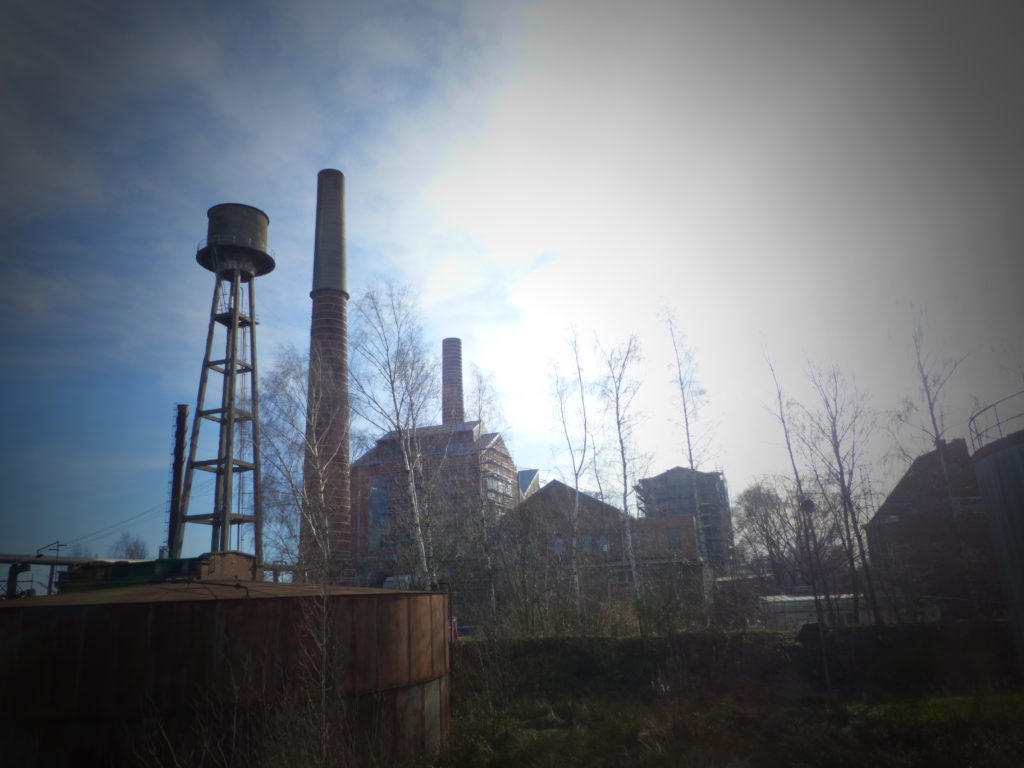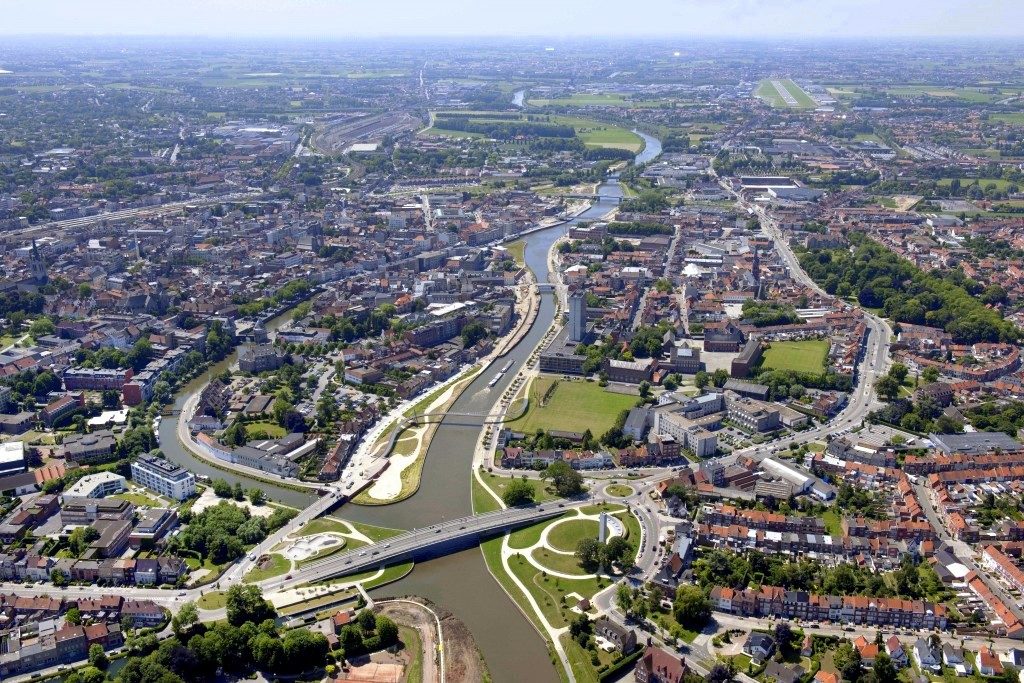Case example by Leiedal, representing the 13 cities and municipalities of the Kortrijk region.
Case example Summary
The Transfo heritage site is subject to a growing number of initiatives and dynamics, which obviously is a good thing. One of the latest announcements is the development of an indoor climbing hall at Transfo, a public-private investment of about 2 million euros. These types of investments create a snowball effect, in the sense that they fuel and accelerate the enthusiasm to be part of the Transfo story.
The project partners, however, have difficulties in managing these dynamics: the current governance framework shows traces of wear. To fully embrace these dynamics and opportunities, the partners need an agile, collaborative, integrated and sustainable governance framework. INT-HERIT offered the window of opportunity to invest in the development of this new model.
The assignment is proving a greater challenge than anticipated: the growing number of dynamics coincides with the current disruptive changes in sectors like energy and mobility, having an impact on the energy and mobility strategies for Transfo and therefor fuelling the need for an even deeper integration.
Solutions offered by the case example
The new governance framework include a set of instruments, which are still under construction. The instruments that are developed are (1) a new organisation chart, (2) a dynamic 3D model of the site to visualise cost allocation and to manage property rights and rights of use and (3) a model for a co-operation agreement between the structural partners of Transfo. Gradually, other complementary instruments will be developed.
The improved organisation chart includes new elements, like the introduction of (a) a consultative body for users, (b) a selection committee evaluating new initiatives on the site, (c) a quality supervision committee and (d) a financial working group. It also suggests improvement of the existing structures, especially the board supervising the quality of architectural and restorative interventions.
The dynamic 3D model is linked to a database, translating the complicated horizontal and vertical structure of owners, tenants and users into one comprehensive visualisation. The model is a preliminary one, in anticipation of a detailed professional model.
The partners are shaping the model for the co-operation agreement, following the political discussions between the municipality of Zwevegem and the Province of West-Flanders.
Building on the sustainable and integrated approach
The implementation of an improved governance model has, in essence, the objective to make it more sustainable and resilient, more integrated (both vertically as horizontally), more flexible and more collaborative. It covers both aspects on macro level (master-planning / strategy) as well as aspects on micro level (How do we renegotiate contract so that current users contribute in maintenance of public spaces? Who will manage collective utilities? How do all the partners and users streamline their communication within the Transfo brand? etc.). The new organisation chart and cost allocation model will offer the tools to manage this kind of questions.
Based on a participatory approach
Inter-municipal organisation Leiedal is elaborating the governance framework, together with the stakeholders from the municipality and the Province, taking into account suggestions from external expert, the Flemish Heritage Agency and users of the site.
Shaping an organisational and financial governance framework typically is not something that is very open to citizens and community participation, because of the high level of technicality of the subject.
It is, however, the objective to include stakeholders in the governance of the site. The user group for instance will discuss both small and big issues and opportunities, coordinating and cooperating with the quality supervision committee, the financial working group, etc. The user group includes amongst others a representative of the housing development, the operator of Transfo Diving, the operator of Transfo Climbing, the event agency responsible for the management of the event halls at Transfo, a representative of the businesses of the New Transfobuilding, etc. The group meets twice a year and in between if necessary. The meetings are also a platform to communicate new initiatives, to align different interests and to resolve dilemmas and conflicts.
What difference has it made? How did the result indicator shift?
The mere fact of working together around a new governance framework and having discussions within the Urbact Local Group entailed a change in mindset of the partners. They all have become aware of the major challenges in managing a complex and multi-user heritage site (which is listed!), avoiding conflicts and streamlining initiatives and opportunities. The real changes will be more tangible once the governance framework is rolled out.
The partners have learned that the framework is not just one but a set of instruments that allow to streamline initiatives and dynamics, to improve integration and final results.
Why should other EU cities use it?
The governance framework (being the set of instruments) might be of interest for the management of (large) heritage sites where there are both different owners and different users. The framework offers / will offer instruments to allocate costs, to keep track of property and user rights, to streamline decision making and communication, to monitor quality, etc.
Taking into account the disruptive changes in the field of energy and mobility (and even the combination of both), the governance structure has to be able to manage an even more complex future. The Transfo partners, for instance, have recently tendered a study examining the introduction of a LECo (Local Energy Community) at Transfo. Transfo has a high concentration of both energy demand (diving tank, houses) and supply (a solar park of about 2.000 panels will be installed on top of the new Transfo parking in 2021).
Key Facts and Figures:
Start and end dates of case example
Start in 2018 – still running
Date of preparation of this case example
2018
Who prepared the case example?
Intermunicipal organization Leiedal is elaborating the governance framework, together with stakeholders from the municipality and the Province, taking into account suggestions from external expert, the Flemish Heritage Agency and users of the site.
Budget
The budget is limited to a commitment of time from each of the partners. A budget is needed for the development of the detailed 3D model, estimated at about 5.000 euros.
Extra information and hyperlinks
- Organisational chart
- Cost allocation model in excel






